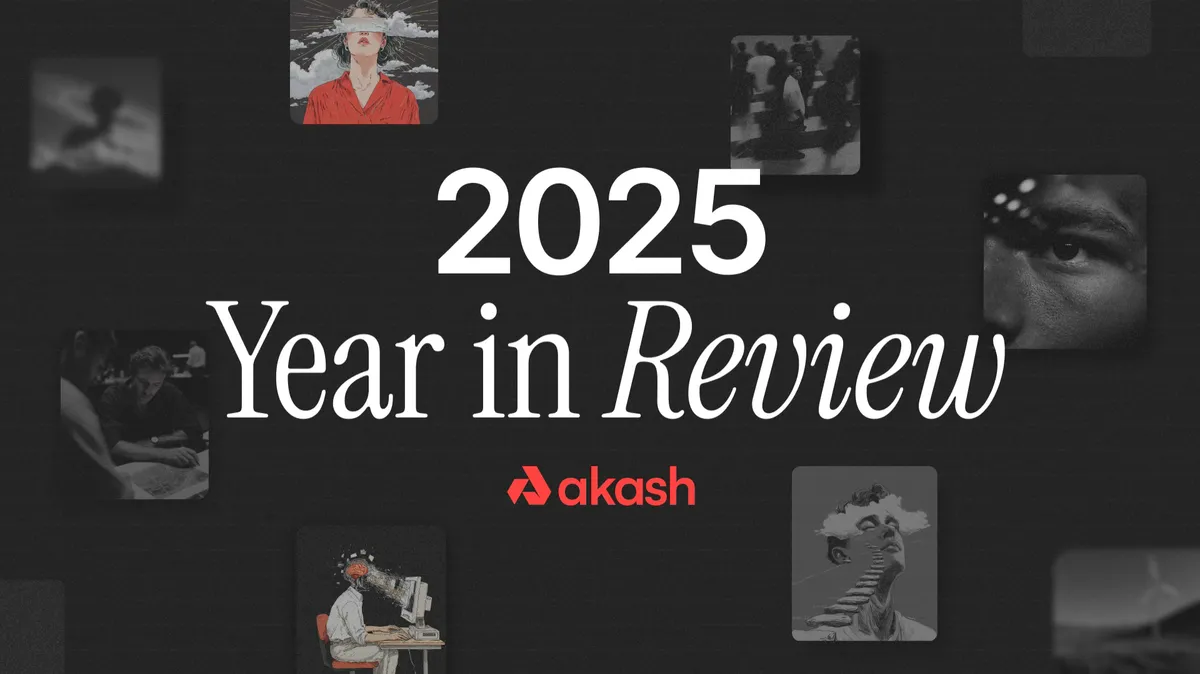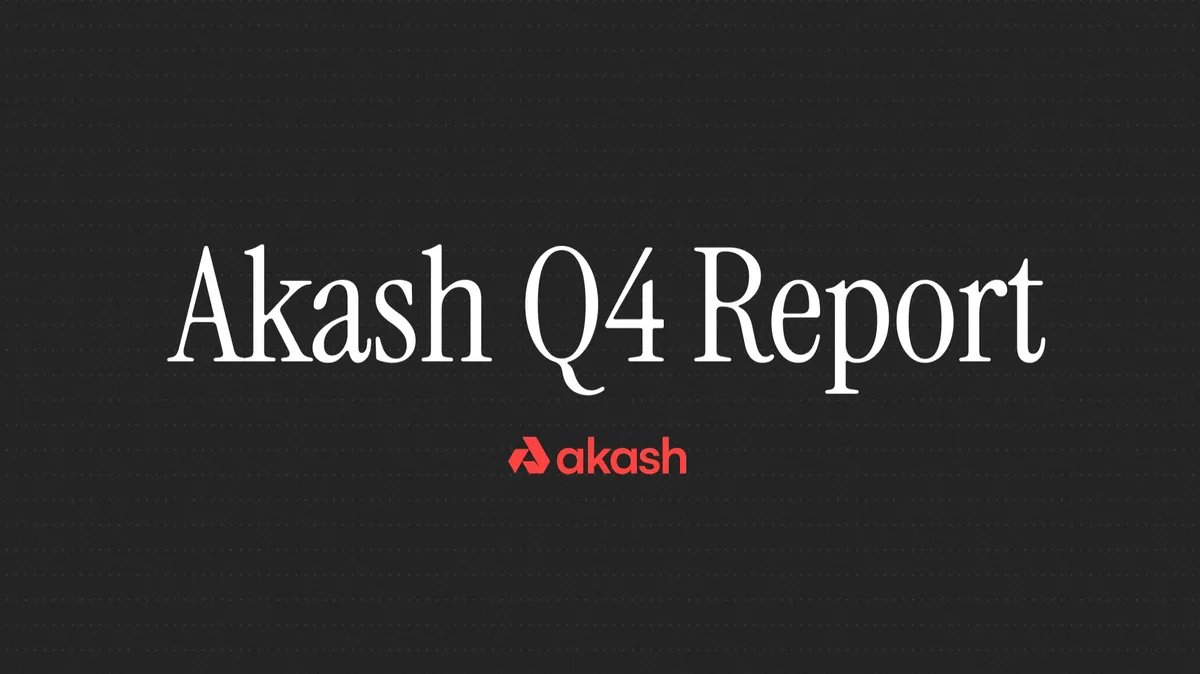
As businesses across the globe adopt cloud-based infrastructure strategies, three providers (Amazon’s AWS, Google’s GCP, and Microsoft’s Azure) have solidified their positions as dominant players in the $247 billion-dollar cloud infrastructure market.
Their success is well-deserved – these companies have effectively created the cloud we know today. Unfortunately, this success has also enabled them to build competitive moats around their positions. Large providers’ hyperscale data centers and other infrastructure projects effectively prevent competition by establishing a massive capex barrier for potential competitors. Over time, this has created an oligopoly, which hurts consumers as a whole.
What Is an Oligopoly?
In a monopoly, one company maintains complete control over a market, keeping all other competitors out. This can be done through regulatory restrictions, such as in the case of local utilities service providers, or simply by being an undisputed leader in a particular field. With an oligopoly, multiple companies maintain that control, keeping others out.
As demand for cloud infrastructure grew, several already-dominant tech businesses were able to use revenue from other lines of business to rapidly scale their infrastructure businesses. That let them capture market share, and build their moats. With 85 percent of enterprises now having a cloud strategy in place, this means that a handful of providers are now powering a large, and growing, chunk of the business landscape.
Why Is It Bad for Society?
Corporate consolidation has become an ongoing problem for consumers, as mergers and acquisitions shrink the number of companies competing in each space. In the cloud computing sector, this cost is first paid by businesses, which then raise prices to finance the software they use to conduct business. This creates a service tax that all consumers must pay. Without real competition to drive down prices, there’s no incentive for large cloud providers to keep costs low.
This “cloud tax” is paid by all members of society, including those who don’t directly use cloud infrastructure at all. The money goes directly to three large corporations whose duties are to their shareholders, not to society. We shouldn’t begrudge their enormous profits or control – they are behaving precisely as they’re obligated to. But neither should we accept this situation as inevitable.
What Can We Do?
One small company may not be able to disrupt the space, but working together, multiple companies can. At Akash, our goal is to empower any company that runs its own on-premise or colocated data centers to join our network of cloud providers by simply adding their unused server capacity to the Akash Network. Providers automatically bid to host users’ cloud workloads on an open, transparent marketplace, driving down costs as much as 90 percent.
Perhaps more importantly, the Akash Network also decentralizes control over cloud infrastructure. So many of the applications we use in our daily lives are run in the cloud, and the data they generate stored in the cloud, that we need to consider whether it’s appropriate for three companies to effectively control the cloud. The Akash Network is not controlled by any one entity. All participants – providers and consumers – have a role in its governance; all network transactions, including pricing and performance, are open on the blockchain; and the software that runs Akash is open source and available for all to see.
Overclock Labs, the team building Akash, believes that compute is a commodity that should be traded in a transparent and free marketplace, priced accordingly, and over which a small number of large companies should not be able to exert control. The Akash Network is the manifestation of these beliefs.


